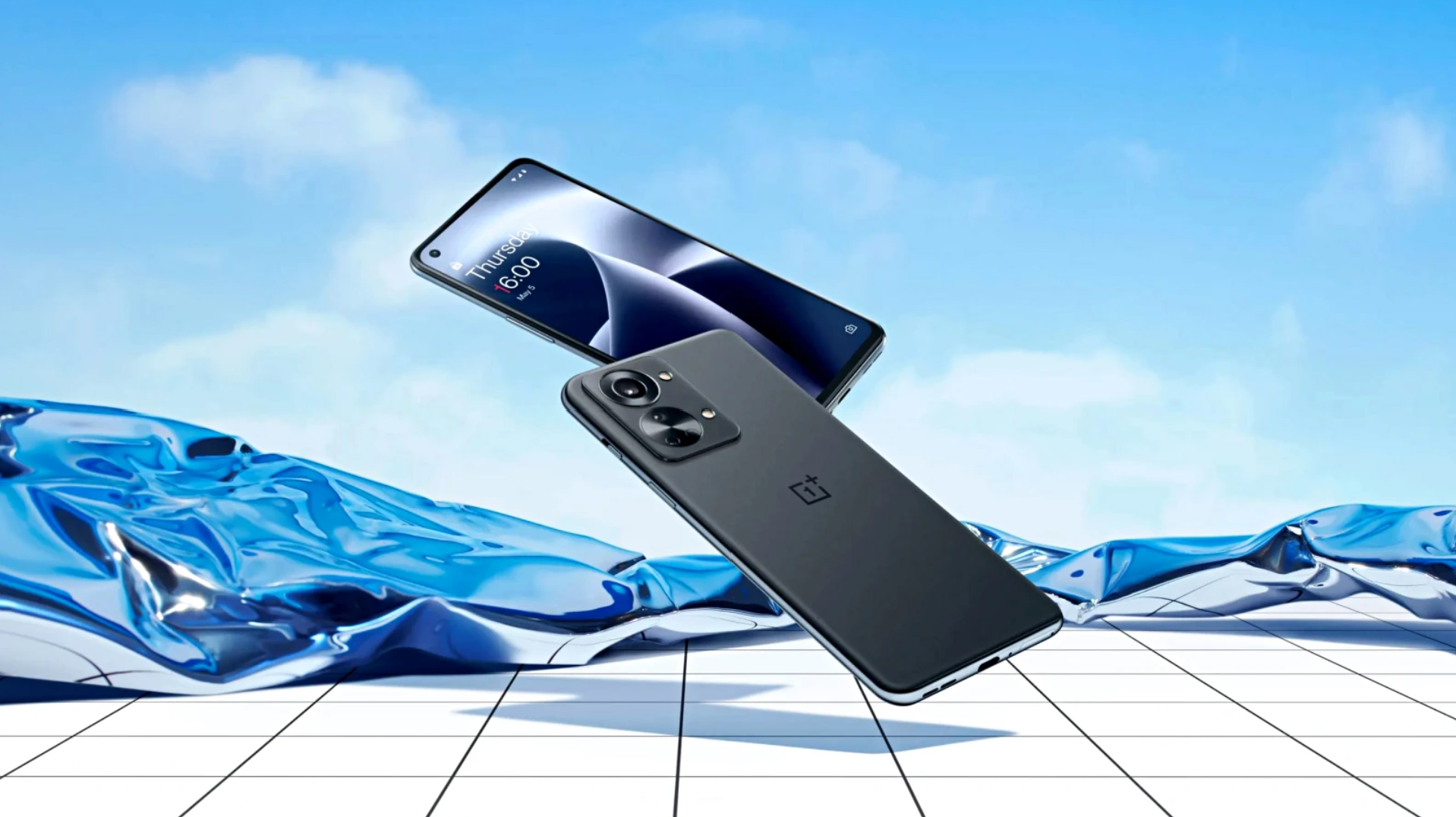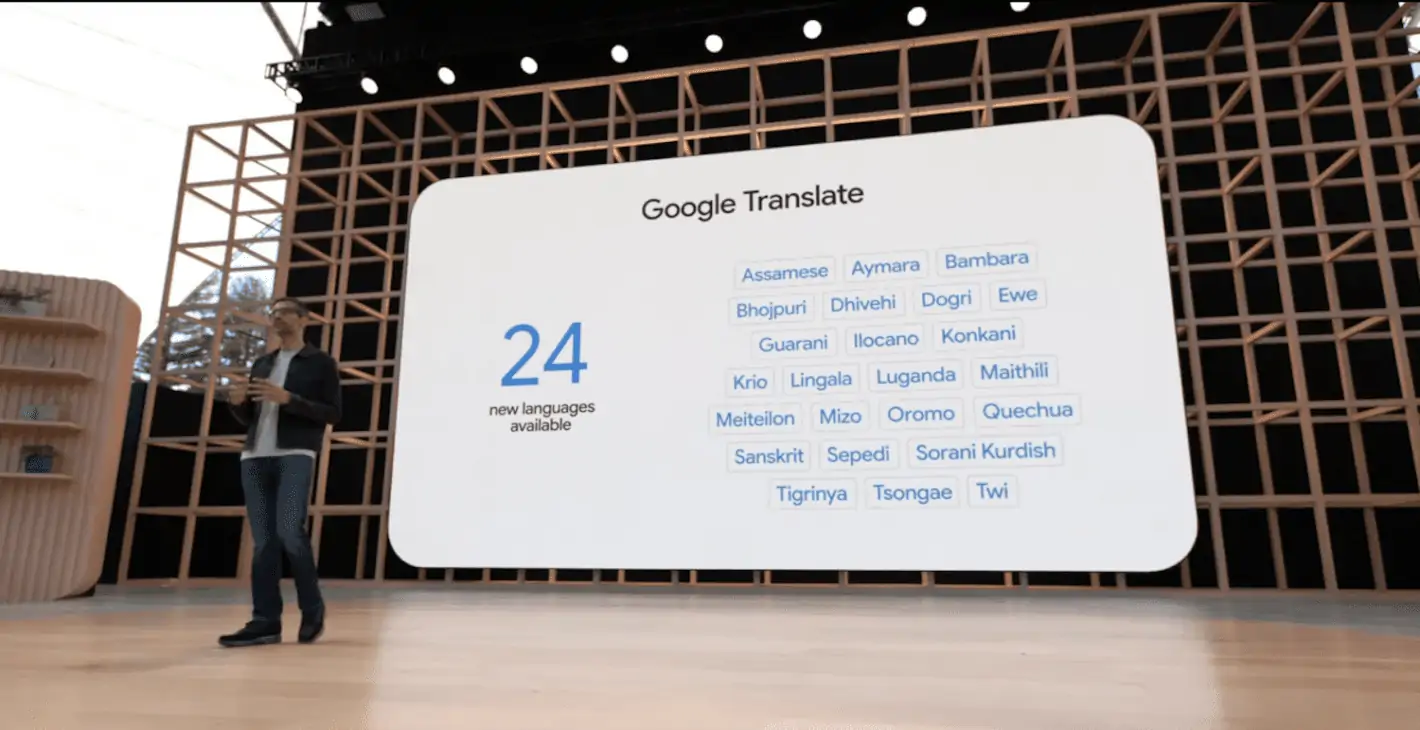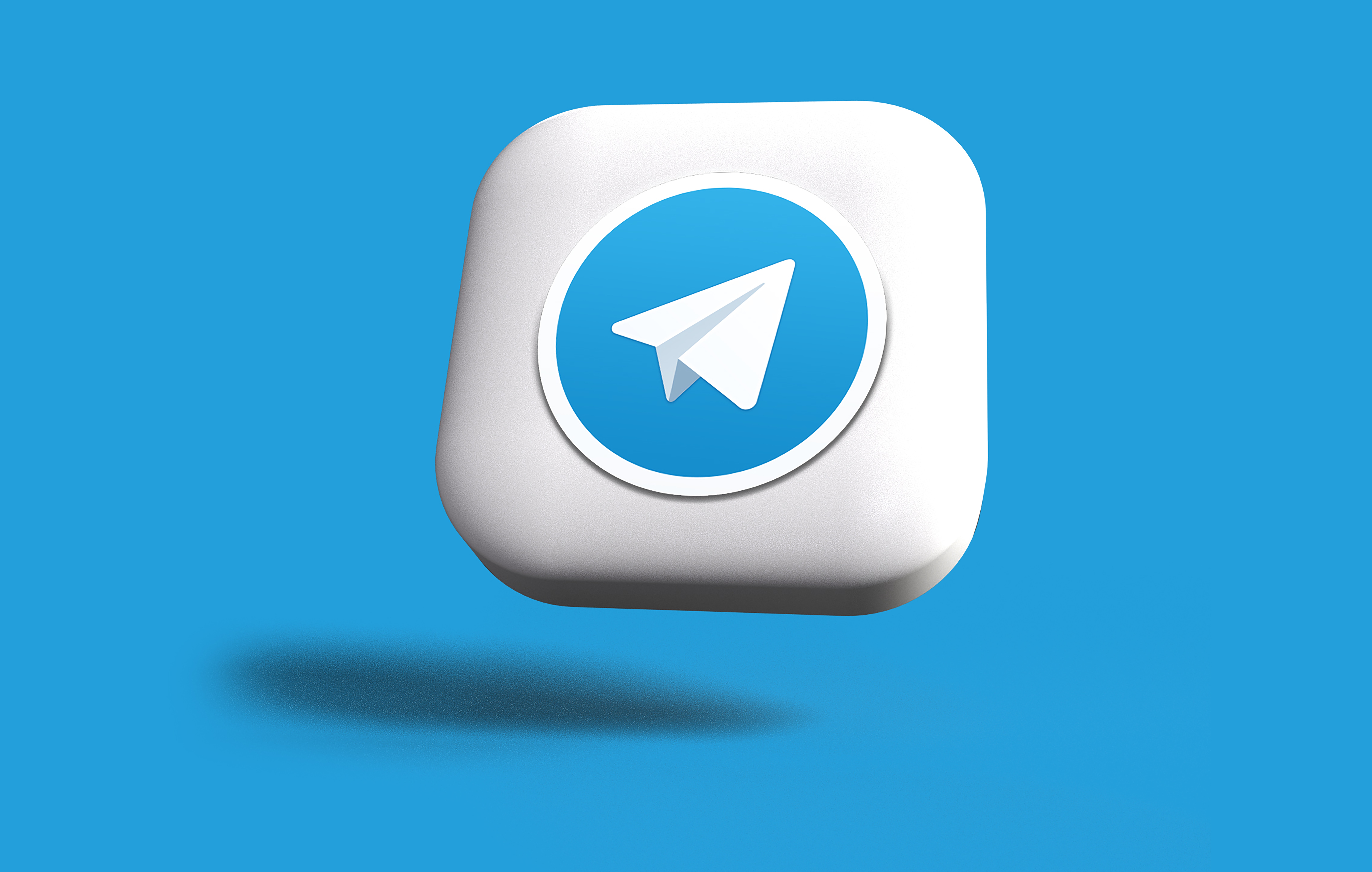Forget Miracast -Di: wants to transform any web-connected screen into a public display for your smartphone or tablet. The Research blog recently published information about Open oject (as in “projection”) screen-sharing technology. Open oject relies on your Android device’s camera a little server-side magic to bring your smartphone apps to the big screen.
Open oject can also take multi-user touch interaction if you’re using a touch-enabled display. st imagine: Instead of trying to figure out level 90 of Cy Crush Saga alone on your Galaxy S4, you could let all your friends try to pass the level using a 26-inch display.
That’s the hope anyway. From the looks of it, Open oject is not as robust as Apple’s Airay mirroring, but remember that Open oject is in its infancy is still only a research project at this point. That also means there’s no guarantee will continue developing Open oject into an actual Android feature.
Nevertheless, the concept is interesting, so let’s take a look.
Openly ojecting
Open oject starts by reading a QR code displayed on a b page. Once read, the smartphone notifies the server the QR code converts into a checkerboard pattern inside a square outline—the display area for the virtual projection.
Using your phone’s camera to track the phone’s movement, the checkerboard will move around the screen as you wave the phone in front of the screen. You can also shrink or exp the target display area by touching your phone’s screen.
Once you have the target display at the right size location on the larger display, you can fire up the app you want to use to view it. If the display has a touch component, you can also interact with the app on the larger screen allowing you to flip through your photos, zoom in on a map, or play games. Open oject also accepts mouse-enabled input from the larger display.
On the back end, your phone is sending all the display data to an Open oject server, which sends your phone’s data to the target display. For touch or mouse inputs, the b page on the display sends any interaction back to the servers then back to your phone then back to the display to reflect the interaction.
That sounds complicated, but it takes seconds to happen in real time.
ether Open oject is fast enough for heavy duty gaming or other data-intensive applications is unknown. Regardless, it’s a neat idea for turning any connected screen into an Android display without any extra hardware.
The developers of the project also say the technology is very scalable, since most of the data crunching happens on your mobile device not on the Open oject servers. l that’s needed for the technology to work is for developers to integrate the Open oject code library into their individual apps, a device with a rear-facing camera, a b-connected display.

















